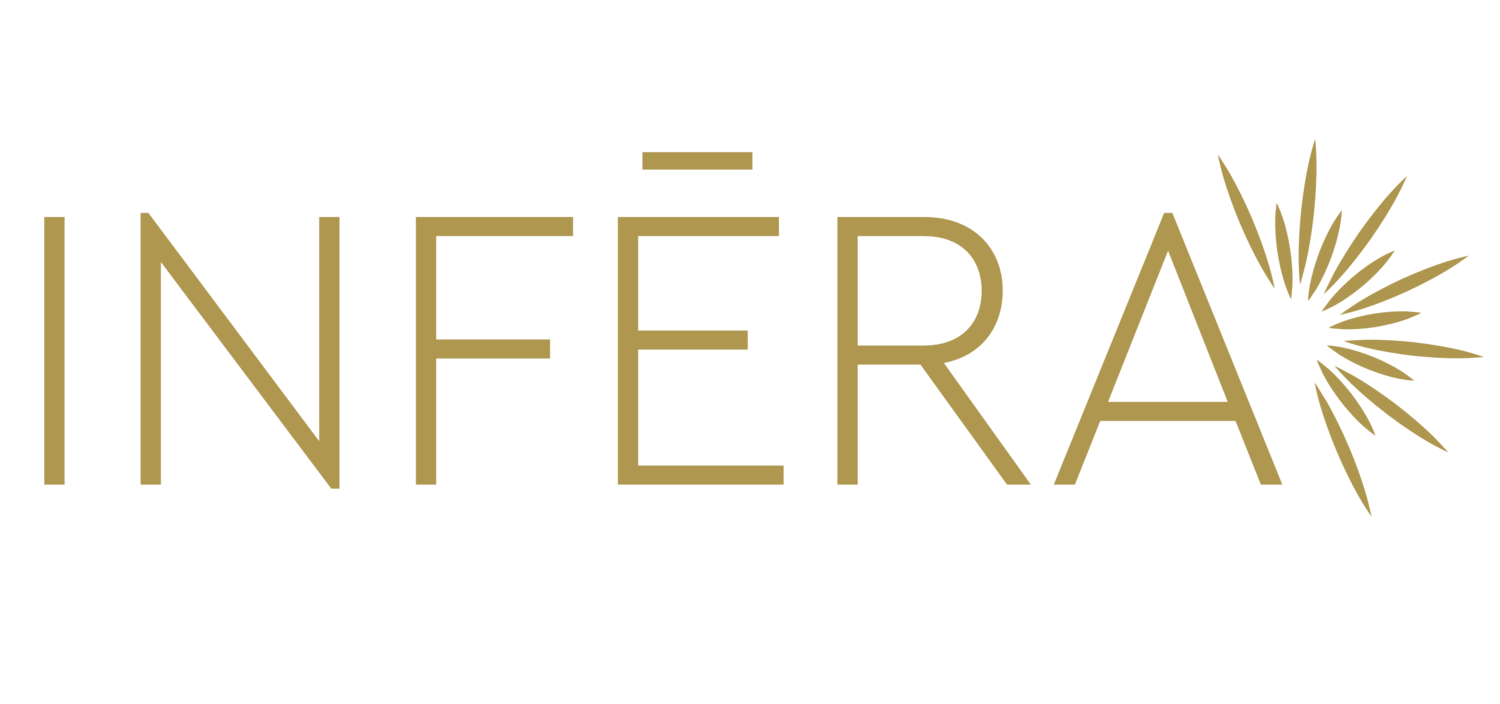
Weight Loss
Shedding Light on Weight Loss: How Infrared Therapy Complements Your Journey
Embarking on a weight loss journey is an exciting endeavor that holds the key to a healthier and happier you. It involves taking steps towards finding the perfect balance between calorie intake and energy expenditure, cultivating a positive and nourishing relationship with food, and dedicating time and effort to caring for your body through exercise and self-care. However, it is important to note that in our ever-evolving world, new technologies are constantly emerging, offering innovative ways to enhance our weight loss efforts. One such groundbreaking advancement is the realm of blue and infrared light therapy, which acts as a radiant and effective complement to traditional weight loss methods. By incorporating these state-of-the-art techniques into your wellness regimen, you can unlock a whole new level of support and guidance as you strive to achieve your fitness goals.
Understanding Weight Loss
Weight loss, in its essence, involves reducing the overall body mass, typically with a focus on losing fat. It's not just about the numbers on the scale; it's about improving your overall health, enhancing your physical function, and reducing the risks associated with excess weight, such as heart disease, diabetes, and joint pain. Achieving weight loss requires a combination of healthy eating, regular physical activity, and creating a calorie deficit. By adopting a well-balanced diet that is rich in fruits, vegetables, lean proteins, and whole grains, you can improve your nutrient intake while reducing your calorie consumption. Additionally, engaging in exercises that target different muscle groups can help boost your metabolism and burn more calories. It is important to remember that weight loss is a gradual process and should be approached in a sustainable manner. By making small, manageable changes to your lifestyle, you can achieve long-term success in your weight loss journey. So, instead of focusing solely on the numbers on the scale, focus on the positive impact that weight loss can have on your overall well-being and quality of life.
The Main Concerns with Weight Loss
While the concept sounds straightforward—burn more calories than you consume—the reality is often more complex. Challenges include:
Plateaus: Sometimes, weight loss stalls, and it becomes harder to lose more weight.
Muscle Loss: It's important to maintain muscle while losing fat for overall health and metabolism.
Lifestyle Changes: Long-term success in weight loss often requires sustainable lifestyle changes, which can be challenging to implement and maintain.
The Role of Infrared Light Therapy in Weight Management
Infrared light therapy is not a magic bullet, but it can be a valuable part of a weight loss strategy. Here's how it aids in the weight loss process:
Enhancing Metabolic Function: Infrared therapy has been found to improve the health of mitochondria, the energy powerhouses within our cells. This can lead to an increase in metabolic rate and potentially more calories burned [1].
Increasing Circulation: Improved blood flow can help deliver oxygen and nutrients more effectively to muscles during exercise, potentially increasing exercise capacity and facilitating more effective workouts [2].
Recovery and Pain Reduction: Post-exercise recovery is crucial in a weight loss regimen. Infrared therapy can reduce muscle fatigue and soreness, making it easier to stick to workout routines [3].
Reducing Visceral Fat: Some studies suggest that infrared light, especially at specific wavelengths, can help reduce visceral fat, which is the fat stored around the abdomen and associated with numerous health risks [3].
Integrating Light Therapy into Your Weight Loss Plan
Infrared light therapy can be seamlessly integrated into your weight loss routine. Here's how to make the most out of this technology:
Pre-Workout: A session before exercising can warm up the muscles and increase flexibility, potentially reducing the risk of injury.
Post-Workout: Using infrared therapy after a workout may support muscle recovery and reduce inflammation.
Consistency: Regular treatments can compound benefits, especially when combined with a healthy diet and regular exercise.
Conclusion
Weight loss is a complex process, but incorporating infrared light therapy can offer additional support to your efforts. As with any health-related tool, it's important to combine this therapy with a balanced diet and regular physical activity. Embrace the glow of health with every beam of light—your body will thank you.
Related Products
-
[1] "Effect of low-level laser therapy on hair growth and other related parameters in patients with androgenetic alopecia: a randomized, double-blind, sham device-controlled multicenter trial." (Lasers in Medical Science, 2013).
[2] "The use of low-level light for hair growth: part I." (Journal of Cosmetic and Laser Therapy, 2014).
[3] "Low-level laser (light) therapy (LLLT) for treatment of hair loss." (Lasers in Surgical Medicine, 2014).








